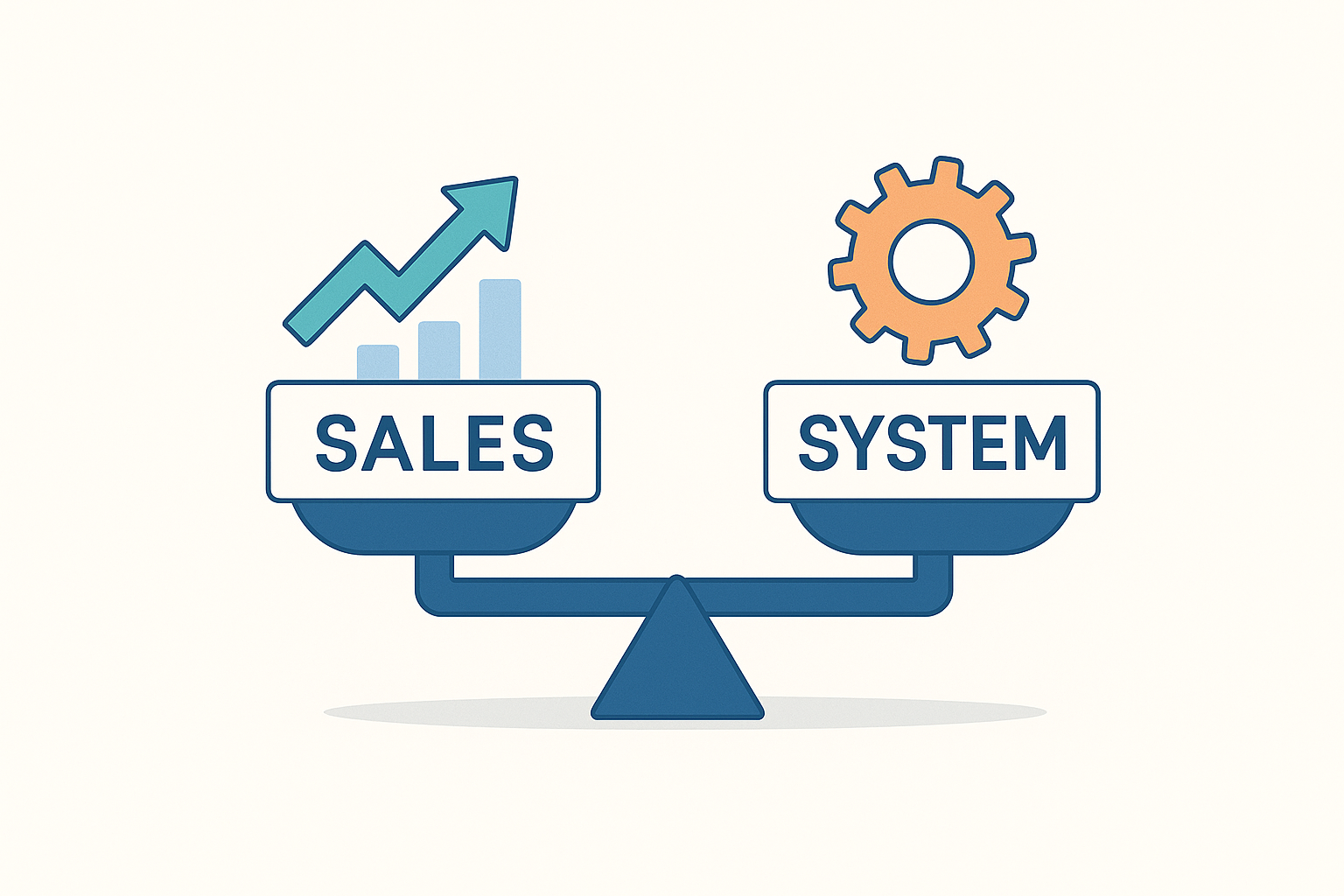TAHA BENKIRANE
MENU

In product, we spend most of our time trying to get people to use what we build.
But what happens when they do—and your product can’t keep up?
I’ve lived it.
We launched a brand-new product that, within months, drove millions in sales. On paper, it looked like a dream—users wanted what we built, and they wanted it fast.
Behind the scenes, it was chaos. Systems buckled. Tickets piled up. Engineers were firefighting while growth celebrated. Users kept asking for more while we were struggling to keep the basics running.
People like to call it a “good problem.”
It’s still a problem.
When demand spikes, you can’t do everything.
We locked ourselves in a room and asked the hard questions:
Your job as PM is to bring focus so the team can act.
Users can live with issues. They can’t live with silence.
We learned to communicate early—even when we didn’t have all the answers:
Honesty beats silence, every time.
That surge forced us to get ruthless.
Simplicity bought us the breathing room to fix what mattered.
“Just tell engineering to fix it” doesn’t work here.
Yes, we needed a deeper refactor, but first, we needed space:
We did it side-by-side with engineering, making trade-offs together to protect the user experience.
Once the fires were out, we didn’t just rush ahead.
We took a step back to ask:
A surge in demand is feedback. If you don’t listen, you’ll break again.
Yes, we made it through.
But more importantly, we gave ourselves the time and space to rebuild the right way.
Focusing on what mattered, communicating openly, simplifying, and partnering deeply with engineering—these kept us from sinking when we were at risk of drowning. And they gave us the runway to strengthen the product so the next wave wouldn’t break us.
This experience drove home a hard truth: If you’re building digital products, you’re building for scale—whether you realize it or not.
It’s easy to think you’ll deal with scale “later.” But growth can hit you faster than you expect. And when it does, it will test every assumption you’ve made about your systems, processes, and priorities.
Next, I’ll share what it really takes to build digital products that don’t just launch—but scale, without breaking.
Stay tuned.